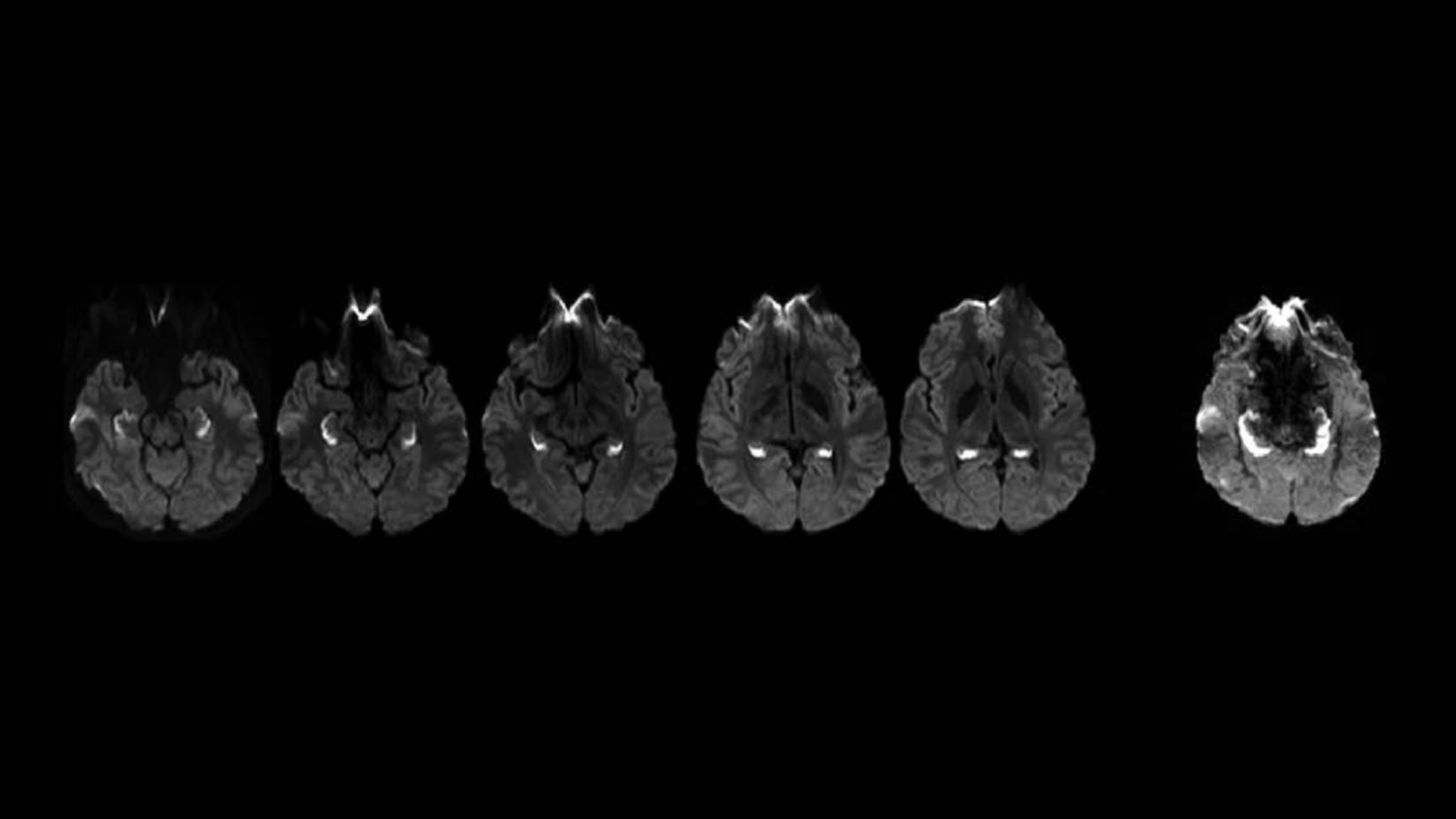
From 2009 to 2016, opioid overdose deaths doubled in New York State. But a few areas, including the city of Buffalo and surrounding Erie County, have begun to see a decrease in fatalities. Pinpointing an exact reason for the decline is difficult, but experts in Erie County suspect that a joint effort between law enforcement, public health officials, emergency departments, and peer counselors has something to do with it.
“One of our big focuses is to break down the stigma of the disease of addiction,” says Cheryll Moore, medical care administrator at the Erie County Health Department. “This is not a moral failing—this is a disease. We've learned as a community that getting people on medication-assisted treatment and treating this like any other chronic disease has made it more acceptable to people. And also, it's kept people alive.”
In the United States, life expectancy is dropping because of the opioid crisis, which is permeating nearly every corner of the country. In 2017, it’s estimated that more than 72,000 Americans died from drug overdoses, including from illicit drugs and prescription opioids. As overdoses and deaths climb steadily higher, communities like Buffalo are trying to break the cycle of addiction.
Meet the people combating the crisis.
Explore More


New Opioid a Hopeful Step Toward Non-Addictive Pain Killers

'Suspicious' Cluster of Amnesia Cases Might Be Tied to Opioid Use

Addiction

Opioids May Not Relieve Pain Better than Non-Opioid Medications

Finding Alternatives to Opioids

Tracking Opioids Beneath the Streets

